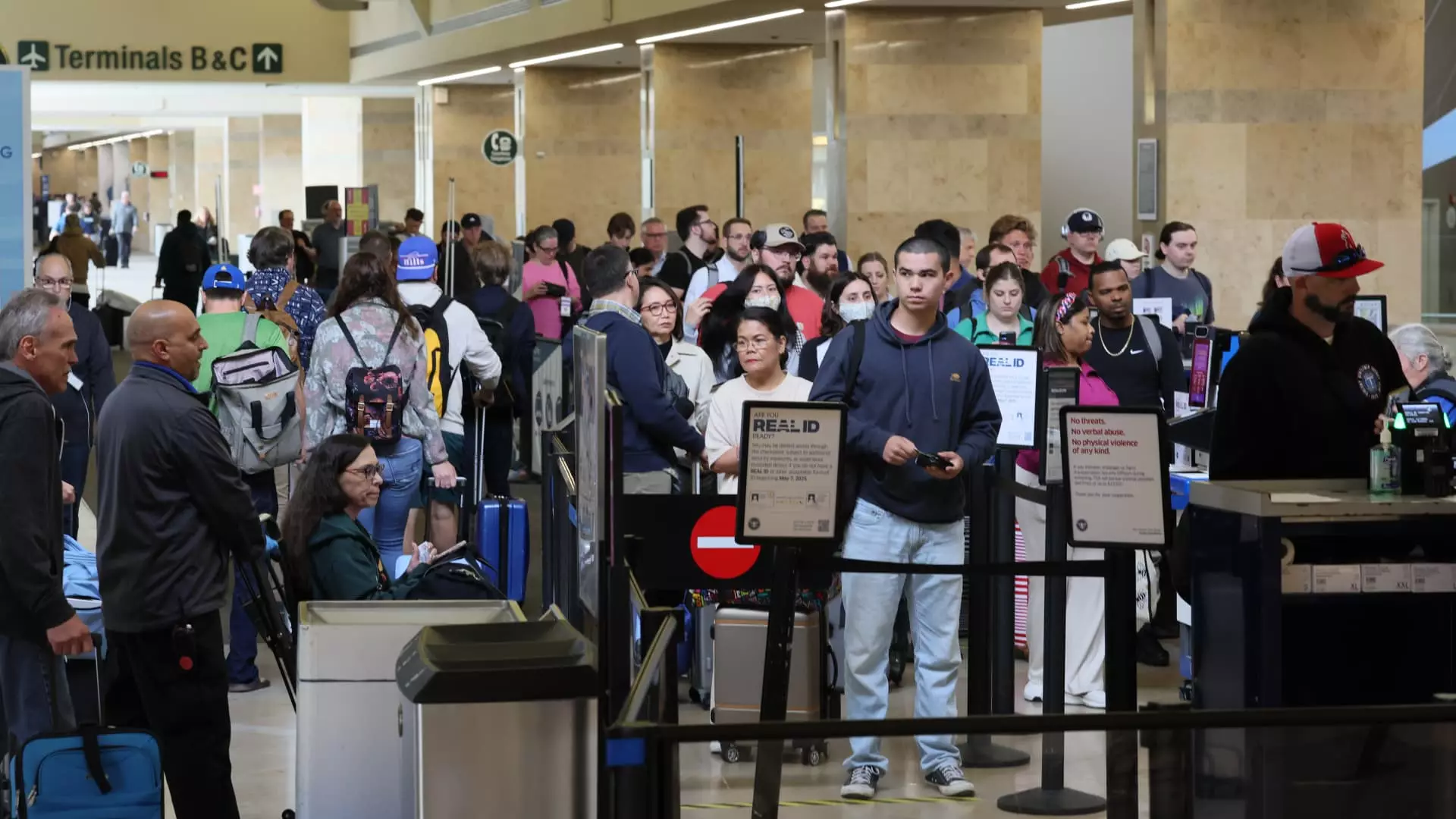The decision by the Transportation Security Administration (TSA) to ease shoe removal requirements at airport checkpoints undoubtedly signals a shift in how we balance security and convenience. On the surface, it seems a rational move—utilizing improved screening technology to make an already stressful process more bearable. However, beneath this veneer of progress lurks a deeper question: Are we sacrificing essential security measures for fleeting comfort? This decision suggests a troubling trend where perceived progress might, in fact, undercut actual safety. While convenience should not be dismissed lightly, it cannot come at the expense of the vigilance required to prevent a potential threat, especially when considering the complex nature of modern terrorism.
Technological Validation or Complacency?
The TSA claims that advancements in screening technology justify this abrupt policy change, but that assertion warrants scrutiny. Relying heavily on technology can lull us into a false sense of security. Devices are only as effective as their design and the protocols governing their use. Moreover, terrorists continually adapt, innovating tactics that could exploit perceived vulnerabilities in security procedures. Simplifying procedures may inadvertently create new avenues for threat actors to test or bypass security measures. While the Biden administration emphasizes modernization and efficiency, one must question whether these improvements have been rigorously tested against the evolving tactics of malicious actors.
Implications for Public Safety and Traveller Confidence
The immediate benefit of this policy change is clear: travelers will spend less time in security lines, reducing frustration and enhancing the overall travel experience. That said, it risks eroding public confidence in security measures that have, historically, thwarted disastrous attempts. The history of aviation terrorism—most notably Richard Reid’s infamous “shoe bomber”—reminds us that seemingly minor details often have grave consequences. A superficial reassessment of security protocols, ostensibly driven by convenience, could diminish the psychological deterrent that measures like shoe removal once provided. Travelers may mistakenly perceive the entire system as less rigorous, inadvertently emboldening those with malicious intent.
A Center-Right Approach: Reasonable Adaptation or Reckless Rethink?
From a center-right liberal perspective, the emphasis should be on a balanced approach—embracing innovation while maintaining robust security. The TSA’s decision exemplifies this stance: it recognizes technological progress and passenger comfort but must still ensure that safety is prioritized over expediency. Simply put, security measures should evolve—without becoming complacent or overly reliant on technology. Risk assessment must remain core to policy, and any relaxation should be accompanied by rigorous oversight. To do otherwise risks transforming security from a protective shield into a mere formality, undermining the trust necessary to uphold public safety.
The recent policy shift highlights an essential debate: Do we prioritize convenience at the potential cost of security, or do we uphold strict measures regardless of the temporary inconvenience? Given the history of airline security breaches and terrorist threats, skepticism about rapid policy changes that reduce security hurdles is warranted. Effective security should discriminate against threats without inconveniencing innocent travelers—but not at the expense of fundamental safety protocols. This decision, while seemingly minor, exemplifies the subtle erosion of security standards that could have profound consequences in an uncertain global landscape.

